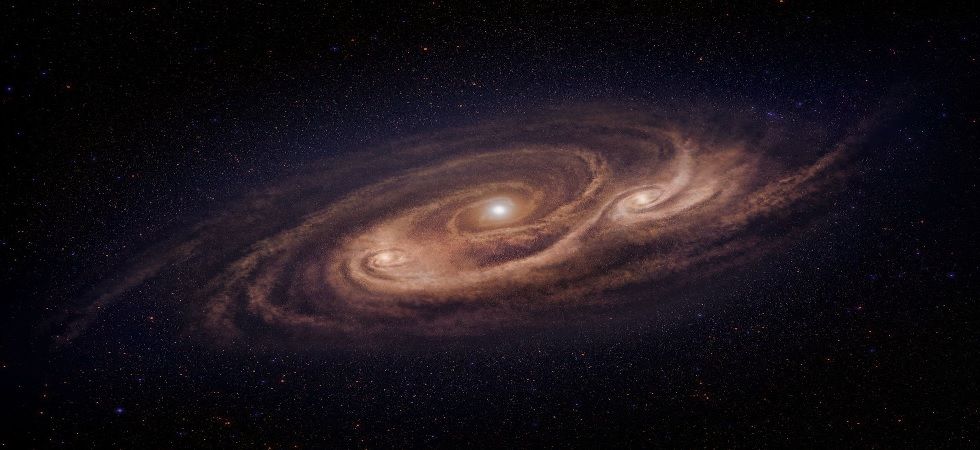Nothing is stable or standing. As you read this, the Earth is spinning on its own axis; it circles around the sun, the sun is travelling through space at an astounding 792,000 kilometers per hour around the universe’s enormous core, and our cosmos is moving at an astounding 2.1 million kilometers per hour.
You may consider this as you read this with your body in a motionless position. However, everything in the cosmos moves, including our planet (Earth), which rotates on its axis at around 1700 kilometers per hour, the solar system, and even the Milky Way Galaxy.

The solar system’s planets and their individual moons also move through space. Actually, in order to maintain a stable orbit, the Earth must move at around 30 kilometers per second. Mercury and Venus, the innermost planets of our solar system, move through space more quickly than Mars and the outer planets of our solar system.
However, believe superior and larger Even though the Sun is at the center of our solar system, it travels across space at an incredible rate.
If we expand our perspective any further, we will see that even our enormous Milky Way galaxy is in motion, as well as all enduring components of the universe, including stars, gas clouds, planets, black holes, and even the massive dark matter.
In the same manner that Earth rotates around the Sun, our Sun circles around the galactic center, which is around 2500 light-years away from us. It completes a revolution around every 225 million years. This is referred to as a Galactic year.
It is estimated that 20 galactic years have transpired since the Sun and Earth came into existence, which indicates that we have completed 20 successful rotations around the galactic core. Nonetheless, if we compare our history in detail to our progress across the cosmos, we would see that we hardly moved along our galactic route.
However, what about Speed? To complete a successful rotation around the galactic center, the Star (Sun) must move at an incredible speed of 792,000 kilometers per hour. This is the speed at which all objects in our solar system, including Earth, orbit the sun.
In contrast, light travels at an astounding 1.09 billion kilometers per hour.
However, not only do moons, planets, and in this case, our sun travel through space, but the galaxy does as well, propelled by the gravity of other gigantic objects in the cosmos.
As it turns out, our Galaxy is currently being propelled, by other enormous galaxies and clusters in the vicinity, toward a certain location in the cosmos.
However, about WHAT are we genuinely estimating the movement of the universe? When debating our velocity around the Milky Way Galaxy, scientists are able to estimate it relative to the galaxy’s center.
However, the Milky Way Galaxy is not immobile nor fixed; it travels throughout the cosmos. Also, can its motion be compared to anything else?
Astronomers and physicists were unable to answer similar queries for a very long time. We may compare the speed of our galaxy to that of other galaxies, but all other galaxies travel through the cosmos at the same rate as the Milky Way Galaxy.
Astronomers and scientists point to the CBR (Cosmic Background Radiation) and the Big Bang in try to explain this conundrum.
According to NASA, the Big Bang hypothesis postulates that the early cosmos was a very hot region, and as the universe expands, the gas within it cools. The “Cosmic Microwave Background” (abbreviated CMB) should thus be dense with radiation that is identical to the residual heat left over from the Big Bang. Radiation known as the Cosmic Microwave Background (CMB) was created 13.7 billion years ago.
Theoretically, the CBR provides a frame of reference for the whole universe, relative to which our velocity may be determined and calculated.
Astronomers must subtract the motion of Earth around the Sun and the Sun around the center of the Milky Way from the movement measured relative to the Cosmic Microwave Background in order to determine our speed across the cosmos (CBR).
This indicates that the Milky Way Galaxy is speeding through space at an astounding 2.1 million kilometers per hour in the direction of the constellations Virgo and Leo, where the so-called Great Attractor is located.
Source: https://viralonce.xyz








